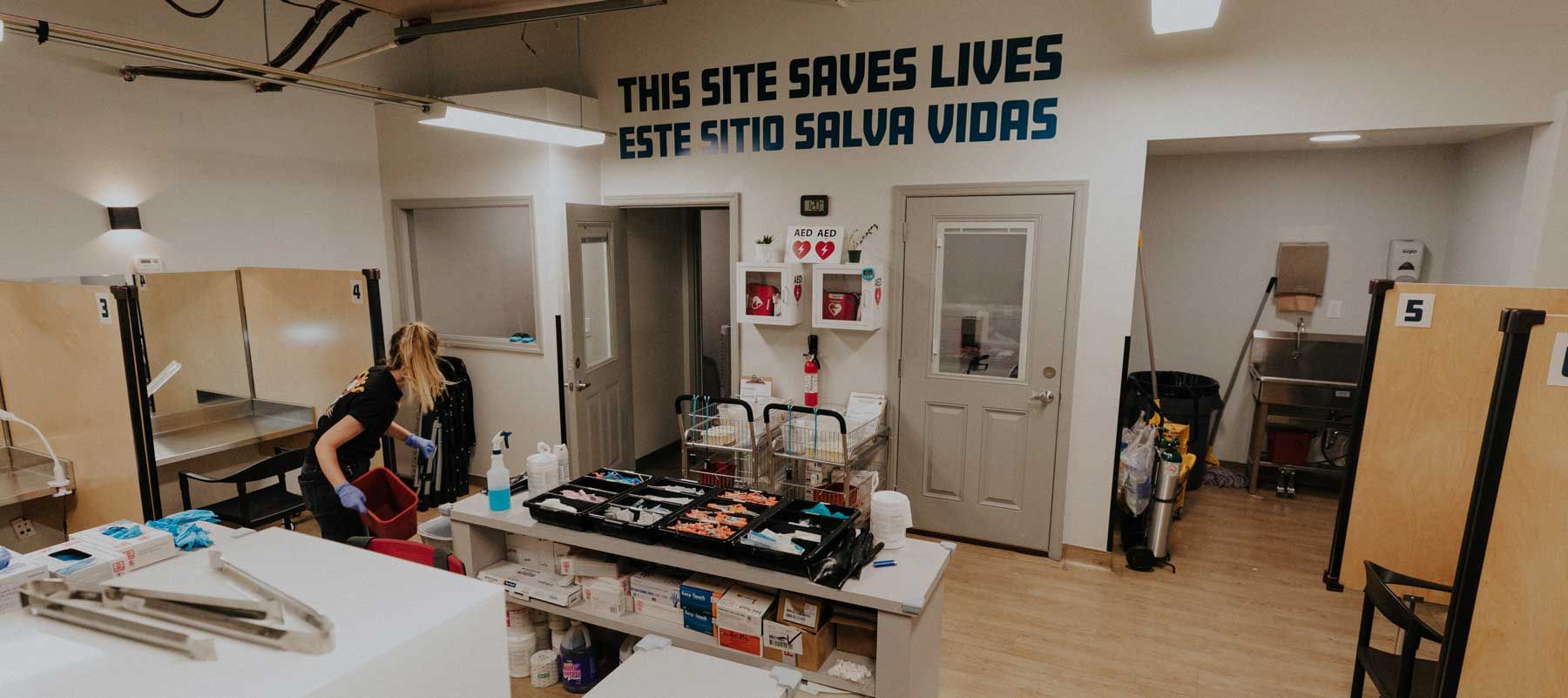The Commonwealth of Pennsylvania, additionally, seeks to ban the opening of safe consumption sites anywhere in the state. A bill to ban the sites was passed in the state Senate with the support of every Republican and most Democrats. Due to the controversy of the sites among Democrats, however, it may not get through the state House of Representatives. Democratic Gov. Josh Shapiro promised to support the ban and says he opposes the sites.
The importance of these sites cannot be overstated. Year after year, the number of fatal and non-fatal overdoses increases. While there are “mobile” and home-based safe consumption harm reduction groups — such as Never Use Alone, where drug users call in and can get help if they overdose — these are not enough. Statistics from all over North America have shown the usefulness of these sites and how they act to preserve life.
Harm reductionists, drug users, concerned friends and family members and revolutionaries need to get involved in the fight for safe consumption sites, in Philadelphia and the entire country. These sites do not attract crime (any more than any other public service does), they do not “encourage” drug abuse, and — unlike what the federal government has said — they do not act as “sanctioned suicide” facilities or crackhouses. There must be a concerted fight to save lives.
Mayor Jim Kenney said he supports Safehouse and vetoed the bill, but the City Council overrode his veto 13-to-1. The passage of this bill banning safe consumption sites means many more people will die needlessly.
Safehouse — or any organization seeking to open a safe consumption site — can seek special permissions to open a site in their neighborhood after this bill is passed, but community organizations must approve it. Then the zoning board would take their vote into consideration. In typical political fashion, some of the people behind the bill claim it isn’t a ban but instead a “conversation starter” that would include the community.
Cheeky fucks. It’s not usually a ‘conversation starter’ when these dickheads make rules; it’s ‘representative democracy’ and if you don’t like it ‘vote harder next time’. Maybe we should start talking as if all anti-worker law, rules, and regs are merely ‘conversation starters’.
The next person arrested with a few kilos of coke should try it: ‘Sorry officer I thought the ban was a conversation starter and it turns out the Wall Street community would like to end the conversation with a witty one-liner. Snorted, not the funny kind.’
This is tough for me. On one hand I would love to be able to save people who otherwise would die from using and the other side sees that this is also enabling them to continue using perpetually.
That critique is addressed in the article. This is a new idea to me so I’m not talking with any authority. But it seems that safe consumption sites provide a pipeline to recovery. At the very least, the stats show they save lives. Addicted users are going to use drugs whatever happens. A strict ‘no enabling’ policy doesn’t seem to make much difference. If we can make the process a lot safer, I’ll support it.
I’ll admit that I didn’t read the full article but I do know that the one resource they also noted, Never Use Alone, doesn’t suggest recovery to their callers in order to not push them away from calling…so it doesn’t mean they lead to a “pipeline”. I’m also curious if their metrics say if 1 person saved 3 times is the same as 3 persons saved once.
Not sure about that. The reference to Never Use Alone is part of an argument that’s it’s not as good as providing these safe consumption zones; it’s a criticism of NUA.



